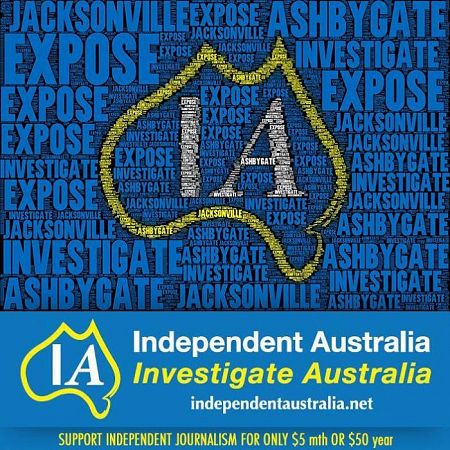Tampering with the text of an editorial after its publication creates a false record of what was said, writes EBA Truth.
WHEN IS IT OKAY for a media outlet to alter online content after it has been published?
After all, what’s said can’t be unsaid.
News reports can contain errors of fact. It is important to correct those errors in the online version of a story, as soon as they are discovered. At the same time, in the interests of accountability, there is an expectation that an online article stands as a record of what was published. This is why it is standard practice at many outlets, when correcting a story, to include a note explaining what was changed, and why.
But what about columns, commentary, op-eds and editorials? These can also contain factual errors. On the other hand, these articles are not intended to be documentary reportage. They are political speech. The text is the story and the story is that the following is what has been said in the public arena by person X (or masthead Y).
Here, even more than a news story, the purpose of the online version is to serve as a record of what was said. Tampering with the text of an editorial after its publication creates a false record of what was said. To do so would be very much akin to, say, tampering with Hansard.
Unfortunately, it seems that this is precisely what The Age has done with the online version of an editorial published on the 1st September 2016.
As I detailed in a blog post on the same day, that editorial was riddled with factual errors, to the point that its central argument made no sense. The article’s bottom line was that the CFA dispute should be resolved not through Daniel Andrews’ alleged enslavement by the United Firefighters Union, but instead by referral the Fair Work Commission. But in reality, the dispute had already been referred to the Fair Work Commission, which had ruled largely in the Union’s favour. It was this finding that Andrews was seeking to implement. Apparently, the author of this editorial was unaware of these crucial, widely reported facts.
Thankfully, the physical persistence of the printed edition thwarts The Age’s attempt to unsay what has been said. The original editorial as printed may be seen below:
(Image via medium.com/@ebatruth)
Comparing it to the online version shows that the following has been deleted from the concluding paragraph:
'We again urge that this sorry saga be referred to the Fair Work Commission.'
The online version also has a sentence added, close to the beginning of the article:
'As we have stated previously, the best way to resolve this situation is to refer it to the full bench of the Fair Work Commission for a decision that would be binding on all parties.'
There is no note alerting the reader to the change. The article is still marked '1st September 2016'.
What purpose might be served by this sneaky little change? The altered editorial still makes more or less the same argument, but compared to the original it tries to salvage a little bit of the mystery author’s dignity, by avoiding calling for something that had already been done.
The altered version still begs the question, why is there no mention at all of the fact that the EBA had been considered by the Fair Work Commission, which ruled in the Union’s favour? A reader who had not read the original might give the author the benefit of the doubt. Such a reader might grant that perhaps the editorial’s author is not ignorant of this fact. Perhaps the author holds all but binding, full bench rulings of the FWC in such contempt that he or she deems them not worth mentioning — even to criticise them. That seems a rather doubtful prospect to to rest one’s credibility upon, but I suppose it’s an improvement on the clanging ignorance displayed in the original.
Victorian firefighters' dispute must end for the sake of public safety https://t.co/XXnEvhMSSI @theage @DanielAndrewsMP #auspol @CFA_Updates
— Michael Short (@shortmsgs) August 31, 2016
The bottom line, to me, is this: by modifying the editorial after it was published, The Age has acted unethically, in a manner that has much in common with tampering with Hansard.
The ethical course of action is not to delete, on the sly, the evidence of your ignorance, while leaving in place the argument that emanated from your point of ignorance. The ethical course of action is to issue a statement of retraction and an apology to the thousands of dedicated emergency services professionals you smeared along the way.
The Age did not respond to a request for comment on this matter.
EBA Truth is a firefighter, rank-and-file UFU member and former CFA volunteer. You can follow EBA Truth on Twitter @ebatruth or on Facebook here.

This work is licensed under a Creative Commons Attribution-NonCommercial-NoDerivs 3.0 Australia License
Monthly Donation
Single Donation
Would you work for free if your boss asked you to? @GeoffHutchisonhttps://t.co/PQlR8P7cPs pic.twitter.com/HxiKEprrCo
— ABC Perth (@abcperth) March 18, 2017
No tampering! Subscribe to IA for just $5.












